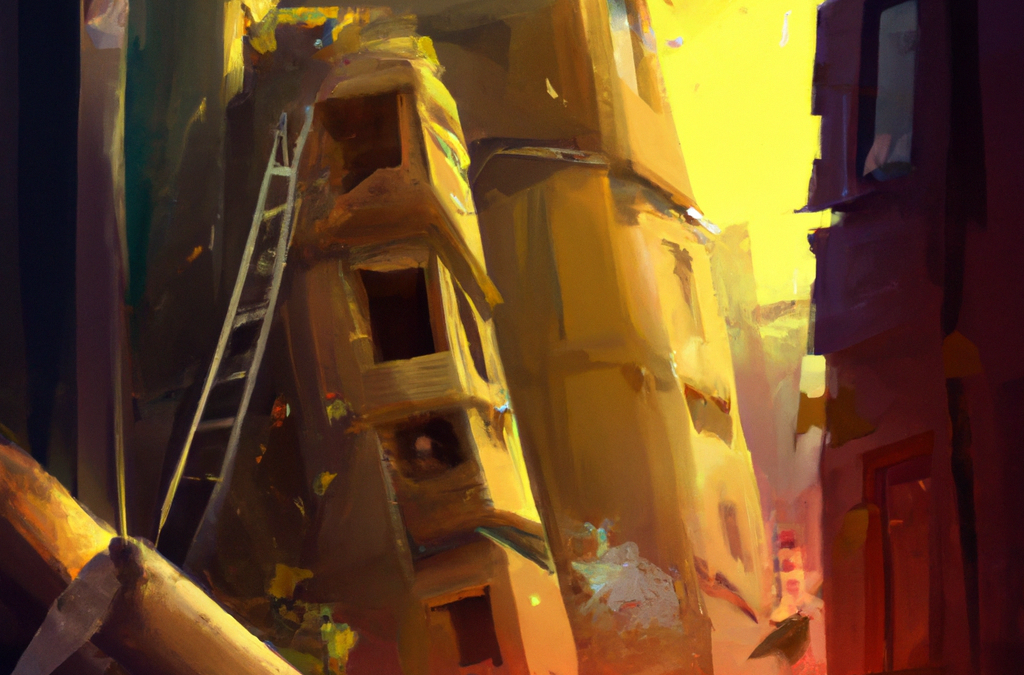1. Not accounting for all loads
When designing a structure, it is important to consider all loads that will be placed on the structure – both dead and live loads. Dead loads are the weight of the materials used in the construction of the structure itself, while live loads are the weights of any people or objects that will be placed on the structure. Failing to account for all loads can lead to a collapse.
2. Incorrectly calculating load paths
In order for a structure to be stable, the loads must be distributed evenly throughout the structure. This means that load paths must be correctly calculated so that they go through supports such as columns and beams. If load paths are not correctly calculated, then there will be areas of high stress which could lead to a collapse.
3. Using too much or too little reinforcement
Reinforcement is used in structures to help resist external forces such as wind or earthquake forces. However, using too much reinforcement can actually weaken a structure, while using too little reinforcement will not provide enough strength and could also lead to a collapse. It is therefore important to use the correct amount of reinforcement in order to achieve optimal strength.
4. Ignoring soil conditions
The soil type and condition is an important factor to consider when designing a foundation for a structure. Different soils have different load-bearing capacities, so ignoring soil conditions could lead to an inadequate foundation that cannot support the weight of the structure above it. This could eventually lead to a collapse if not addressed early on in the design process.
5. Not considering wind speed and direction when designing tall structures
Wind speed and direction are important factors to consider when designing tall structures such as skyscrapers or bridges. Strong winds can exert considerable force on these types of structures, so it is important to account for this by ensuring that the design can withstand these forces. Failing to do so could lead to catastrophic failures such as the collapse of buildings or bridges.
6. Insufficient fire protection
Fire protection is another important consideration in structural design, especially in buildings where people occupy them. There needs to be adequate fire exits and fire-resistant materials used in order to reduce the risk of fire spreading and causing extensive damage. If fire protection is not given due consideration, then this could result in catastrophic fires causing loss of life as well as damage to property.
7. Using substandard materials
In order to ensure safety and durability, it is essential that only high-quality materials are used in construction. Using substandard materials will likely result in substandard performance from the finished product which could pose serious risks if occupied by people or exposed to harsh weather conditions.
8. Not maintaining structures after completion
It is also important once a structure has been built, that it receives regular maintenance checks and any necessary repairs are carried out promptly. Failure to do so can deteriorate structural integrity over time and eventually lead to partial or full collapses
9. Poor workmanship during construction
One final mistake often made during construction relates to poor workmanship by those carrying out the work itself. This might include using incorrect methods or failing to follow instructions properly set out by the designers. Such errors can jeopardize public safety if not corrected prior to occupation or exposure to bad weather conditions.
10. Inadequate inspections during construction
It is vital during construction that regular inspections are carried out in order verify that works being carried out meet expected standards. These inspections should ideally be conducted by independent experts who can report back with their findings. Carrying out adequate inspections can help avoid many of the mistakes listed above becoming fatal flaws leading to catastrophe.
